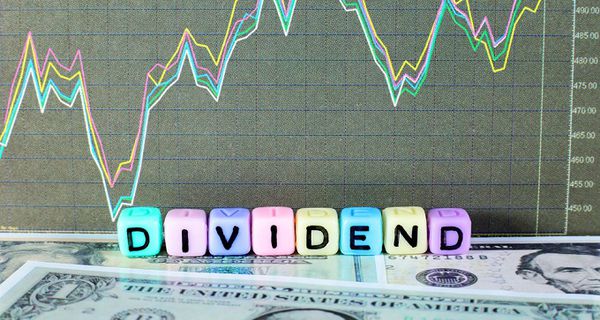
Why is the stock market rising?
The economy is still in rough shape, unemployment remains stubbornly high, housing remains weak and the European financial system is a mess. Still, U.S. stocks are rising, and we’re seeing daily headlines about the market hitting new four-year highs.
Why? Well, two reasons. First, despite the headlines, the economy is growing again, at least a bit. And second, stocks are the “least worst” place to put your money.
With short-term CDs, Treasury bills and money funds paying practically nothing — and designed to stay at that level by promise of the Fed — the dividends paid by large companies are attractive. And stocks hold the possibility of price appreciation as well as dividend growth.
Over the past 70 years, dividends have contributed nearly half of the Dow Jones industrial average’s total return. And despite the economic slowdown, dividends have been increasing in the past few years, as companies hesitate to build new factories and hire more people. Instead, they are returning profits to their shareholders.
Buying Dividend-Paying Stocks
Suddenly, all attention is focused on dividends. At the World Money Show in Orlando, Fla., nearly every speaker was focused on raising returns through finding investments with high yields. It was a message lapped up eagerly by a primarily retired audience, hoping they could find a way to increase their income without digging into their savings to fund living expenses.
But just as there was a danger in focusing on “hot” Internet stocks in 2000 or “hot” financial stocks in 2007, there are dangers in focusing solely on high yields today.
Jeffrey Rode, managing director of Segall, Bryant and Hamill, points out the difference between attractive current high yields and future prospects for growth. He counsels, “Remember, it’s growth in income, not growth and income, that’s important. Dividend payers outperform non-payers. And dividend growers outperform high current yield. Dividend growers are also your hedge against inflation.”
In their most recent newsletter, Ralph Segall notes that since 1972, the average annual total return of the S&P 500 was nearly 7 percent. But the companies in the S&P 500 that don’t pay dividends had an average annual total return of less than 2 percent. And the stocks within the index that initiated or increased their dividends during that long period had an average annual total return of nearly 10 percent.
That’s where research comes in. Yes, you could buy groups like real estate investment trusts, master limited partnerships and utilities, all of which pay attractive, current high yields. But the real trick, according to Rode, is to find stocks that will increase their dividends, and also provide an upside price potential, because the company itself continues to grow and generate cash earnings.
Rode notes that a modest, but growing, dividend can give you more upside in the future than stretching for the highest yields today, suggesting that you “buy 2-5 percent current yield with potential 3-8 percent annual dividend ‘growth.’”
He asks: “How would you like to have owned Abbott for the last 20 years? The company has raised its dividend payout for 39 straight years! Paying a modest, not high yield, dividend has nothing to do with your ability to grow; it’s simply a reflection of financial discipline and a commitment to treat shareholders as owners.
Finding Dividend Stocks
To find companies that continue to increase earnings, and also dividends, requires some research — but it’s not too late to find them. Many growing companies are just embarking on a plan of increasing dividends as a way of distributing excess cash, instead of buying back their own stock.
Part of the reason that dividends are coming back in vogue is the fact that most dividends are taxed at a maximum rate of only 15 percent. That tax deal is likely to be a target in Congress after the election.
But the alternative use of corporate cash — stock buybacks — has a dismal track record. And even if tax laws change, dividend-payers will remain attractive because the payout can offset some of the downside risk in stocks and provide a regular income while you wait for stock prices to rise.
Rising dividends can also help you beat inflation, unlike the slightly higher, but fixed, returns of bonds.
If you want to learn more about dividend investing, read “The Little Book of Big Dividends” by Charles B. Carlson. And visit Carlson’s website: www.BigSafeDividends.com to find the stocks.
Keep in mind that dividend-paying stocks do carry market price risk and are not an alternative for “chicken money,” which can’t afford any risk of loss. But diversifying your investments to increase your yield can be a valuable way to increase your income and protect against inflation. — CNS
Terry Savage is a registered investment adviser and the author of the new book, “The New Savage Number: How Much Money Do You Really Need to Retire?”
 Related Articles & Free Subscription
Related Articles & Free Subscription
Don’t Play Politics with Your Portfolio
The Retirement Benefits of a Health Savings Account



Comment here